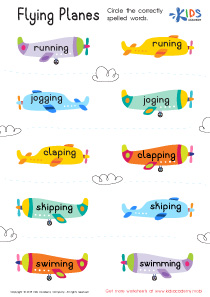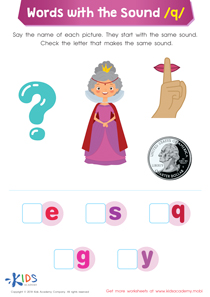Spelling practice Consonant Digraphs Worksheets for 6-Year-Olds
4 filtered results
-
From - To
Introduce your child to the fascinating world of consonant digraphs with our Spelling Practice Consonant Digraphs Worksheets, designed especially for 6-year-olds. These engaging worksheets cover key blends such as 'sh,' 'ch,' 'th,' and 'wh,' helping your child recognize and spell these combinations with ease. Each worksheet is crafted to make learning fun through interactive activities, colorful illustrations, and plenty of practice opportunities. Boost your child's reading skills and spelling confidence by exploring consonant digraphs in a playful and educational way. Perfect for at-home practice or classroom enrichment, these worksheets are a must-have for early learners.
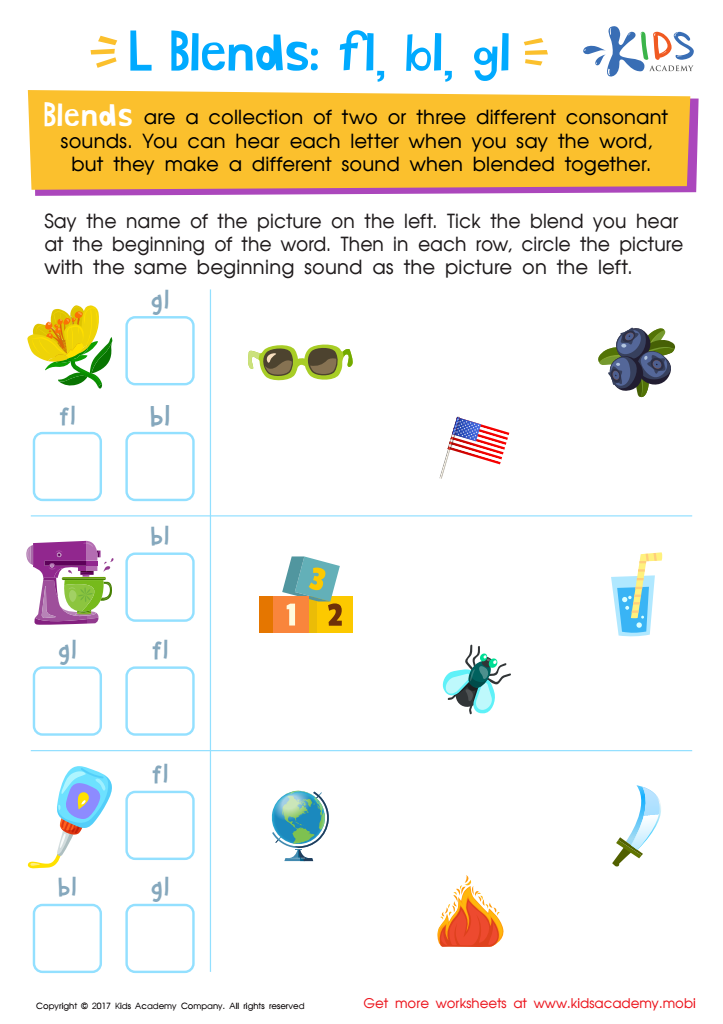

Blending Consonants: "Fl", "Bl" and "Gl" Printable
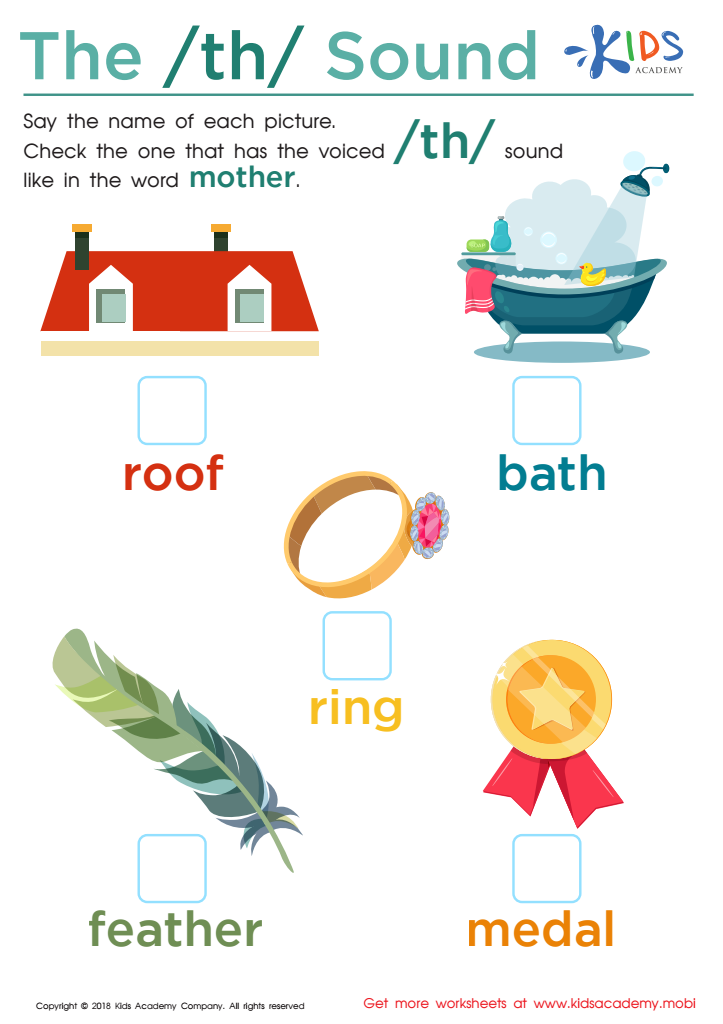

The /th/ Sound Worksheet
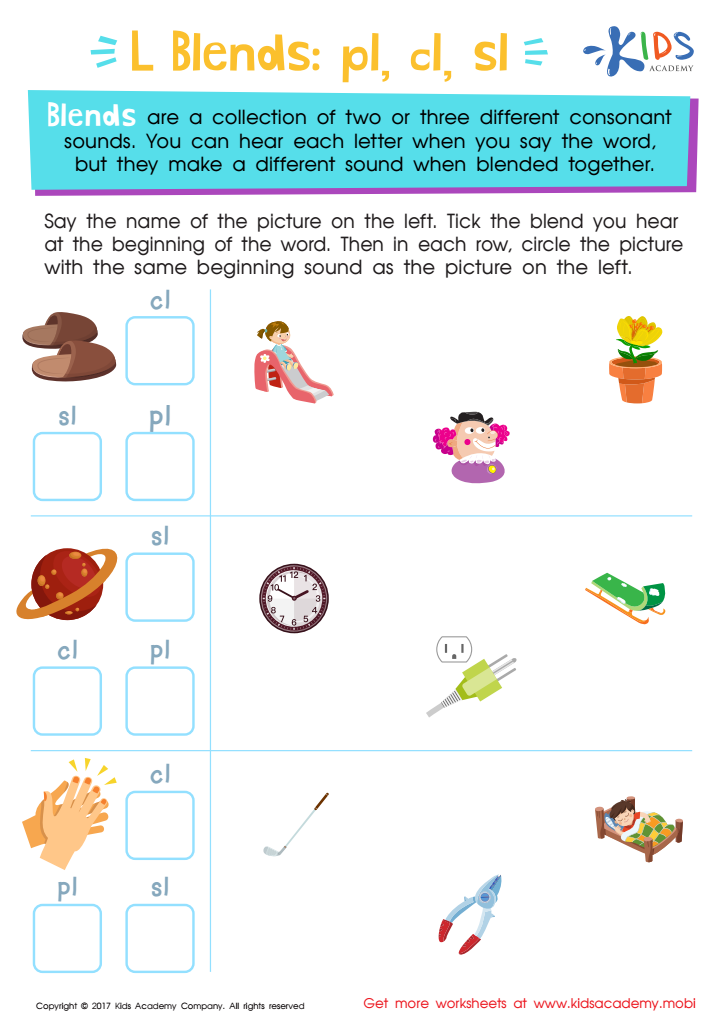

L Blends: "Pl", "Cl" and "Sl" Printable
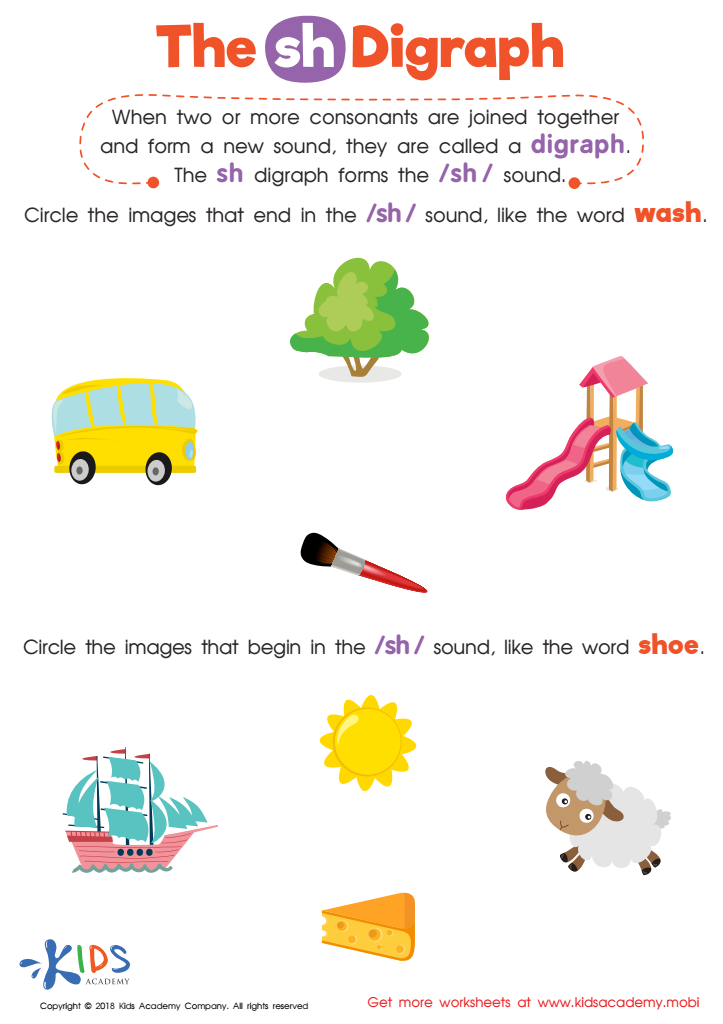

The SH Digraph Worksheet
Parents and teachers should focus on spelling practice with consonant digraphs for 6-year-olds because these building blocks are foundational for reading and writing skills. Consonant digraphs, combinations of two consonants that produce a single sound (like "ch," "sh," "th," and "ph"), are prevalent in the English language. Mastery of these sounds enables children to decode words more efficiently, enhancing their reading fluency.
At age six, children are typically developing their phonemic awareness, which is crucial for literacy. Engaging in activities that emphasize consonant digraphs helps strengthen their understanding of sound-letter relationships. This enhanced phonemic awareness lays the groundwork for more complex literacy skills, enabling children to read and spell new words accurately.
Moreover, proficiency with consonant digraphs impacts confidence. Children who can effortlessly read and spell words containing these sounds feel more competent and confident in their language abilities, positively affecting their overall academic performance.
From a teacher's perspective, incorporating consonant digraph practice into the curriculum can lead to more engaged and successful students. For parents, consistent practice at home can turn learning into a fun, shared activity, reinforcing positive attitudes toward education. Therefore, focusing on these basic yet vital elements of language instruction is highly beneficial for young learners.
 Assign to My Students
Assign to My Students







